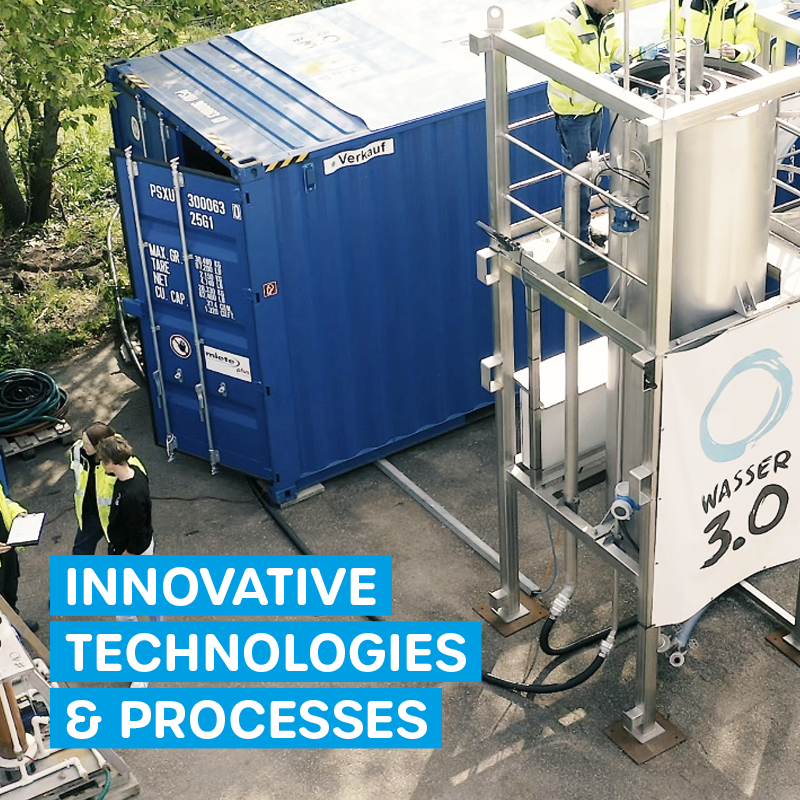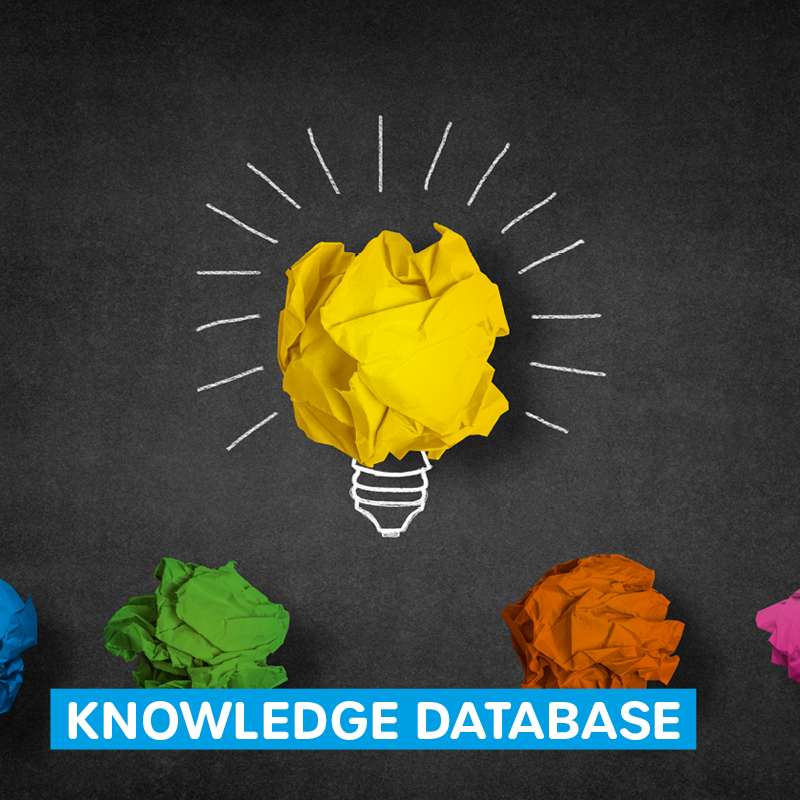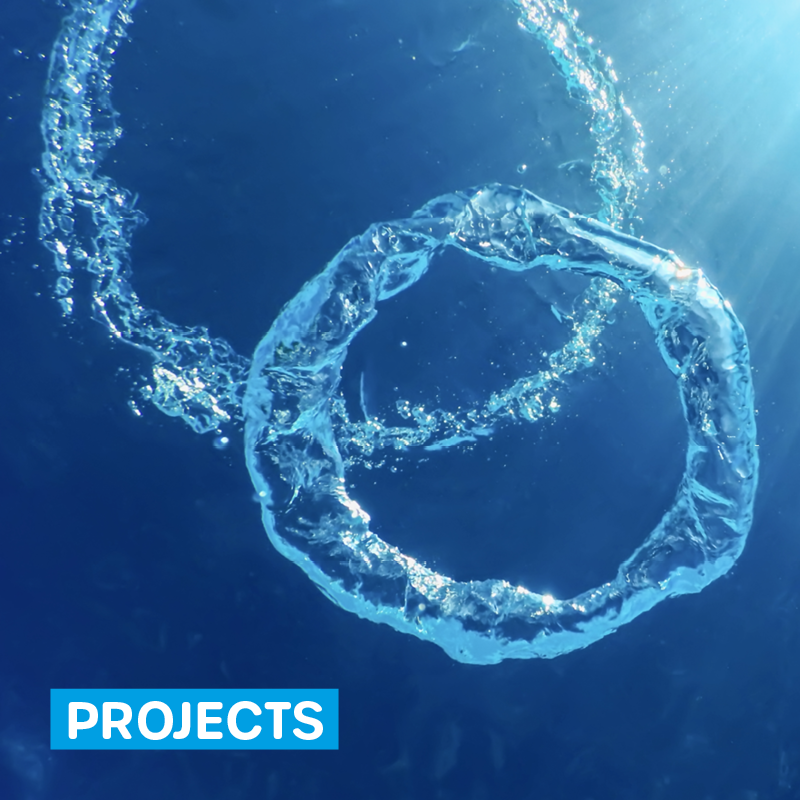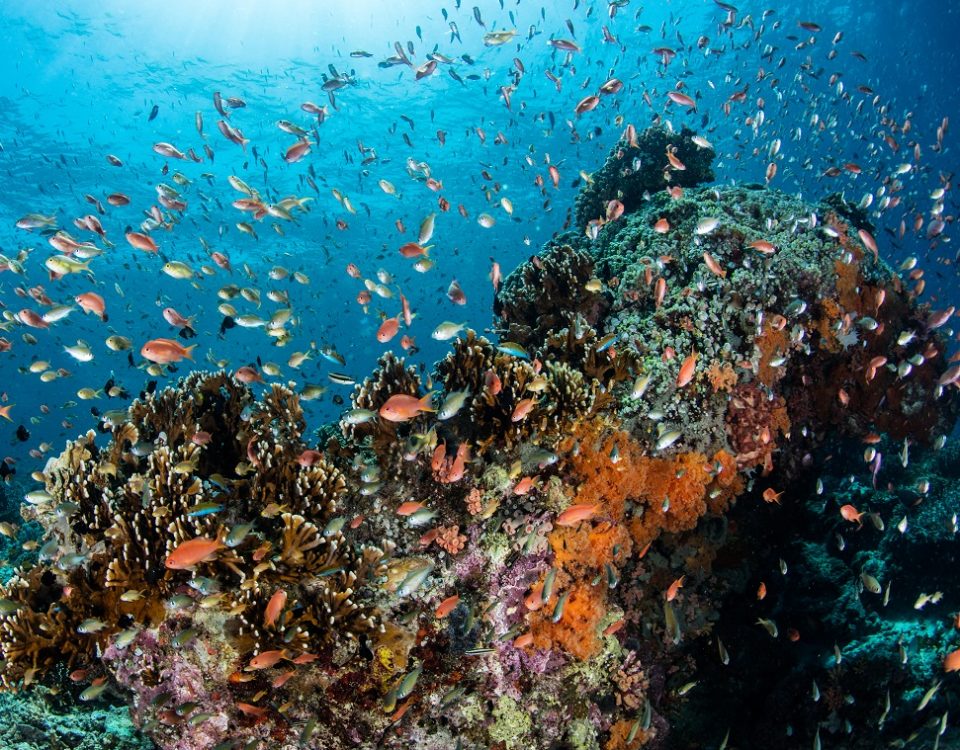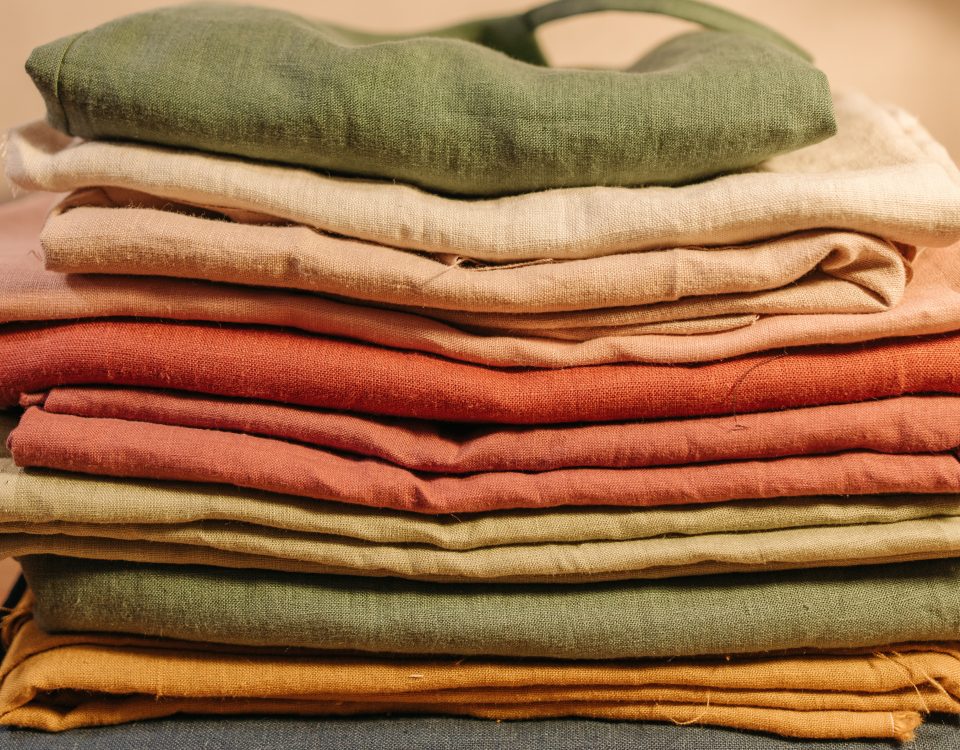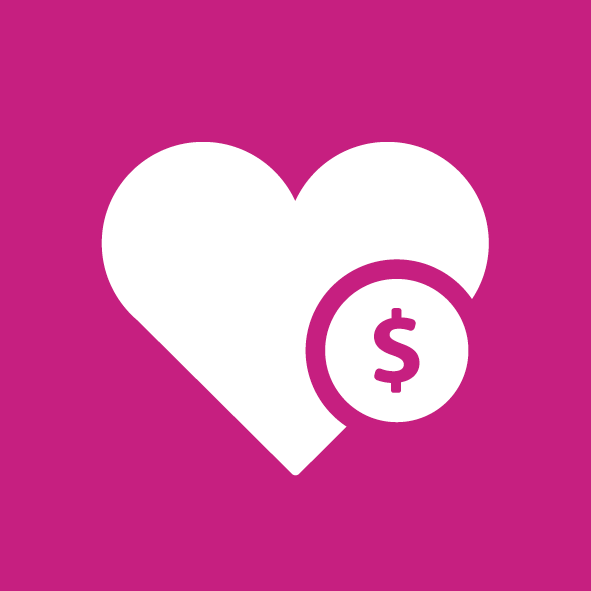
Live and online - book the Wasser 3.0 team for your event
Our heart beats for water without microplastics and micropollutants, our expertise lies in the areas of
- Microplastics, micropollutants and other organic and inorganic contaminants in the water cycle;
Challenges and technologies of water purification in the 21st century; - Design of organization and business model taking into account the triple bottom line: equality of people, planet and profit (greentech meets social business);
- Sustainability, circular economy, blue economy, ESG, SDG, impact measurement and other transformation concepts from the user's perspective.
Seminars, workshops and lectures for clean water and new entrepreneurial action
Transparent communication about what we do, why we do it and how we do it is part of our educational mission.
Formulating answers to current questions that are suitable for everyday use while remaining scientifically sound is part of our DNA.

© Wasser 3.0
We need more people asking questions
Social challenges require society as a whole and the leverage of each individual and all stakeholders in order to advance real solutions.
Only those who know processes and products and understand the sense and non-sense of action can actively participate and take forward-looking action. This applies not only to industry and politics, but also to us consumers.
We provide you with bundled knowledge. We provide answers and ask questions ourselves.

